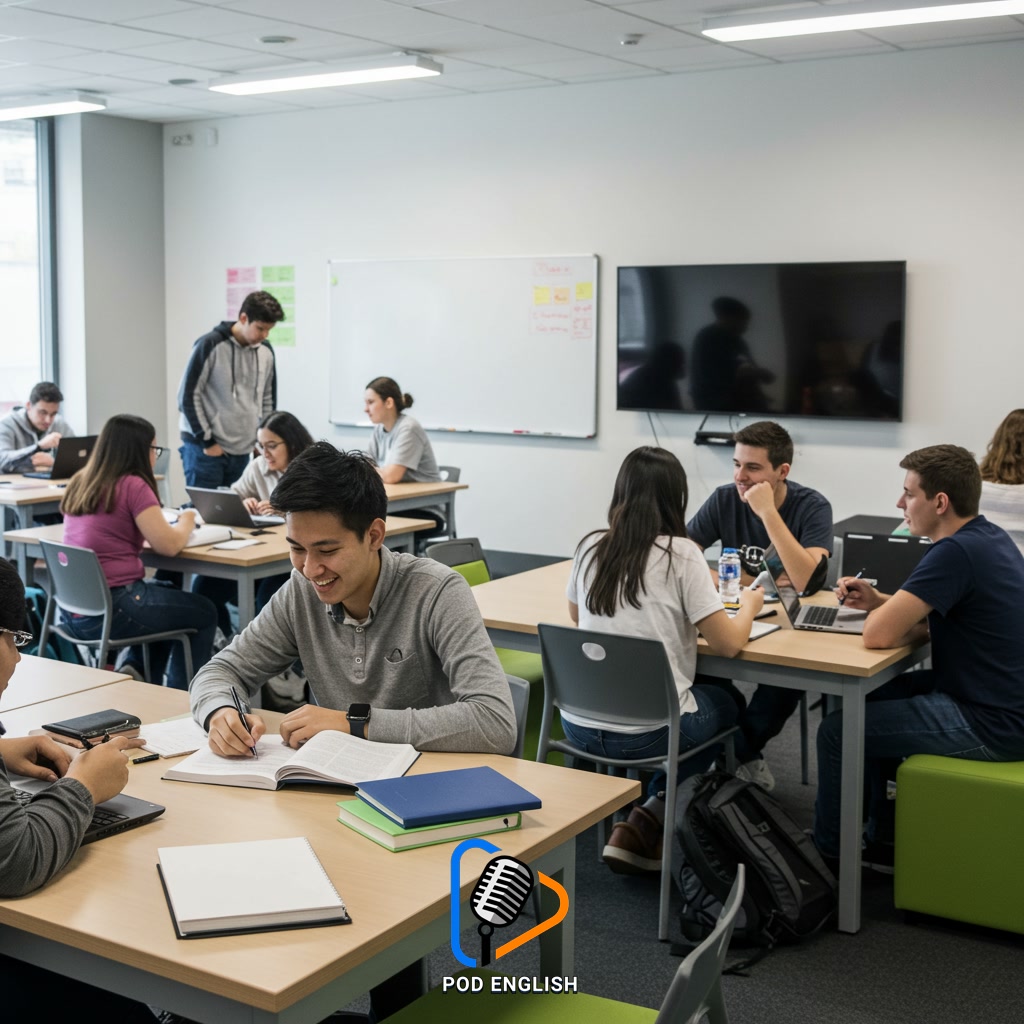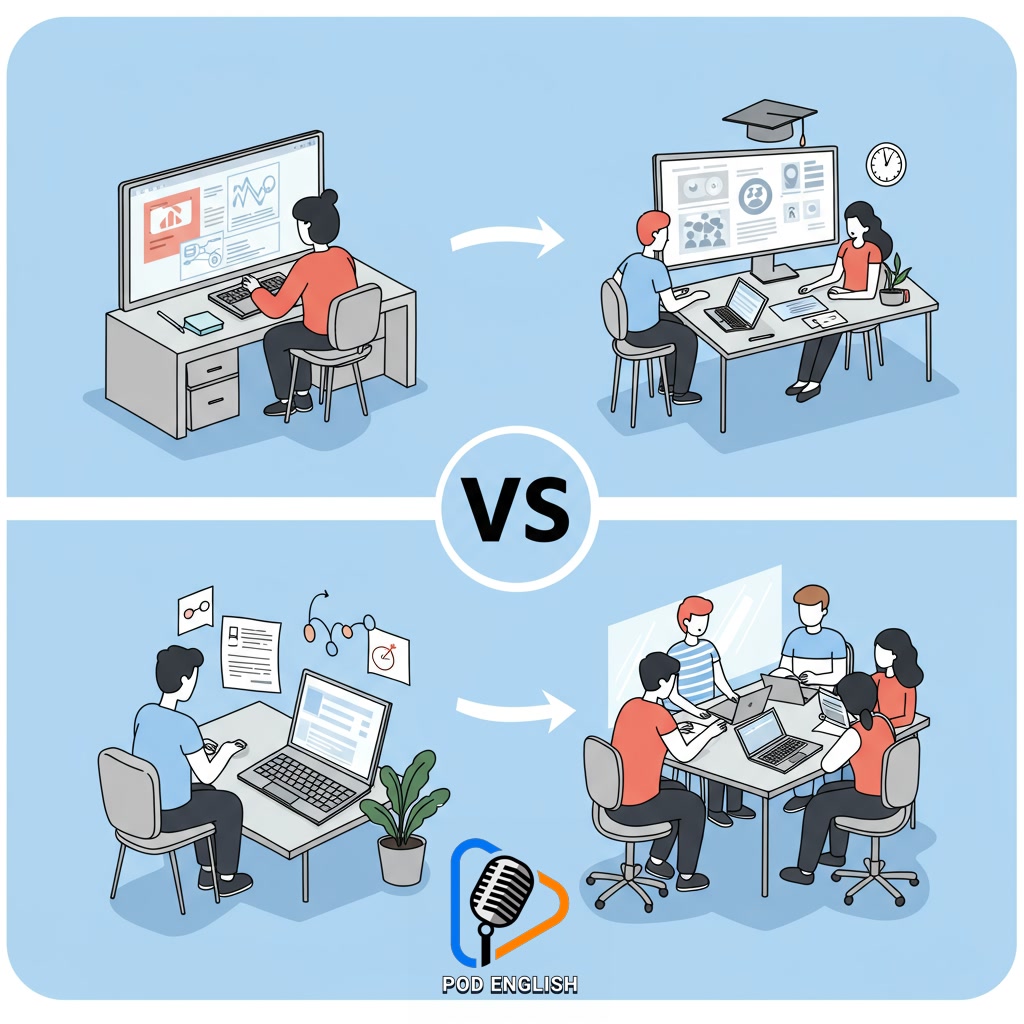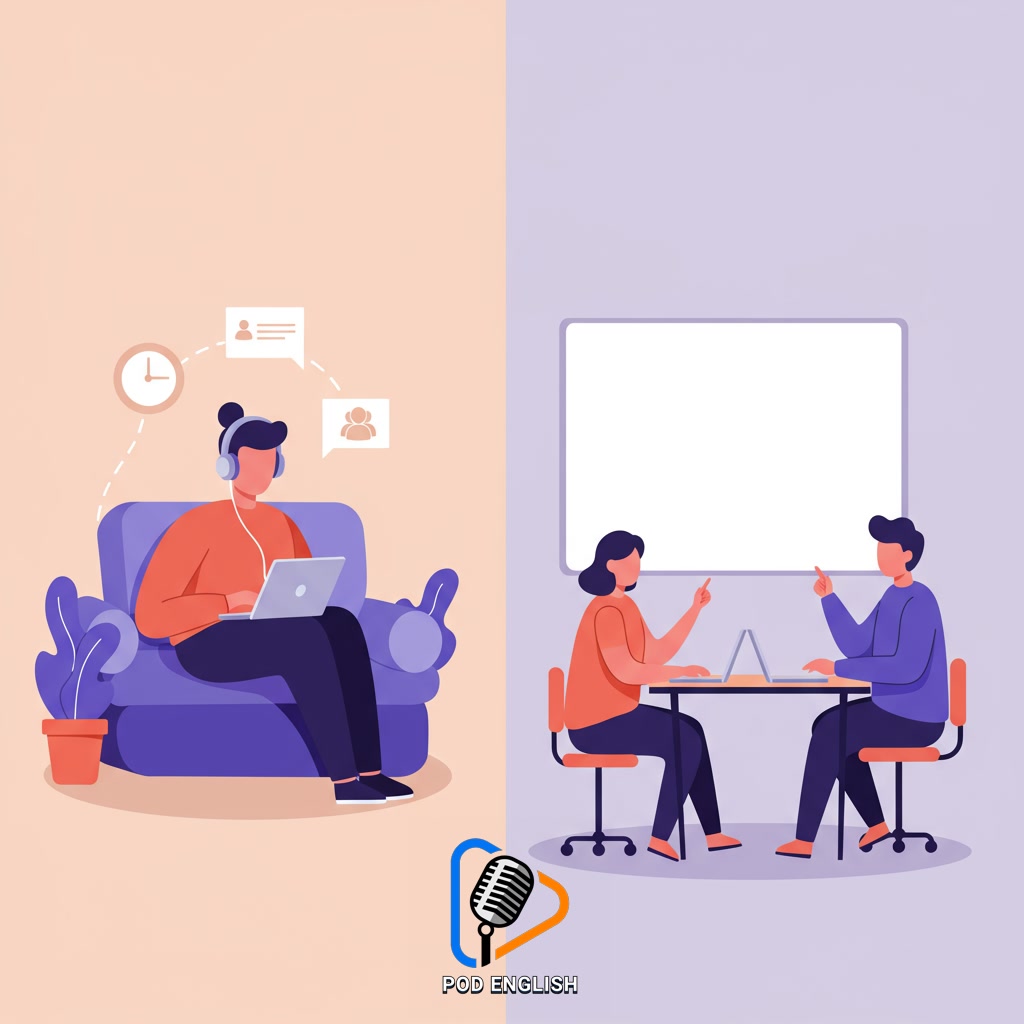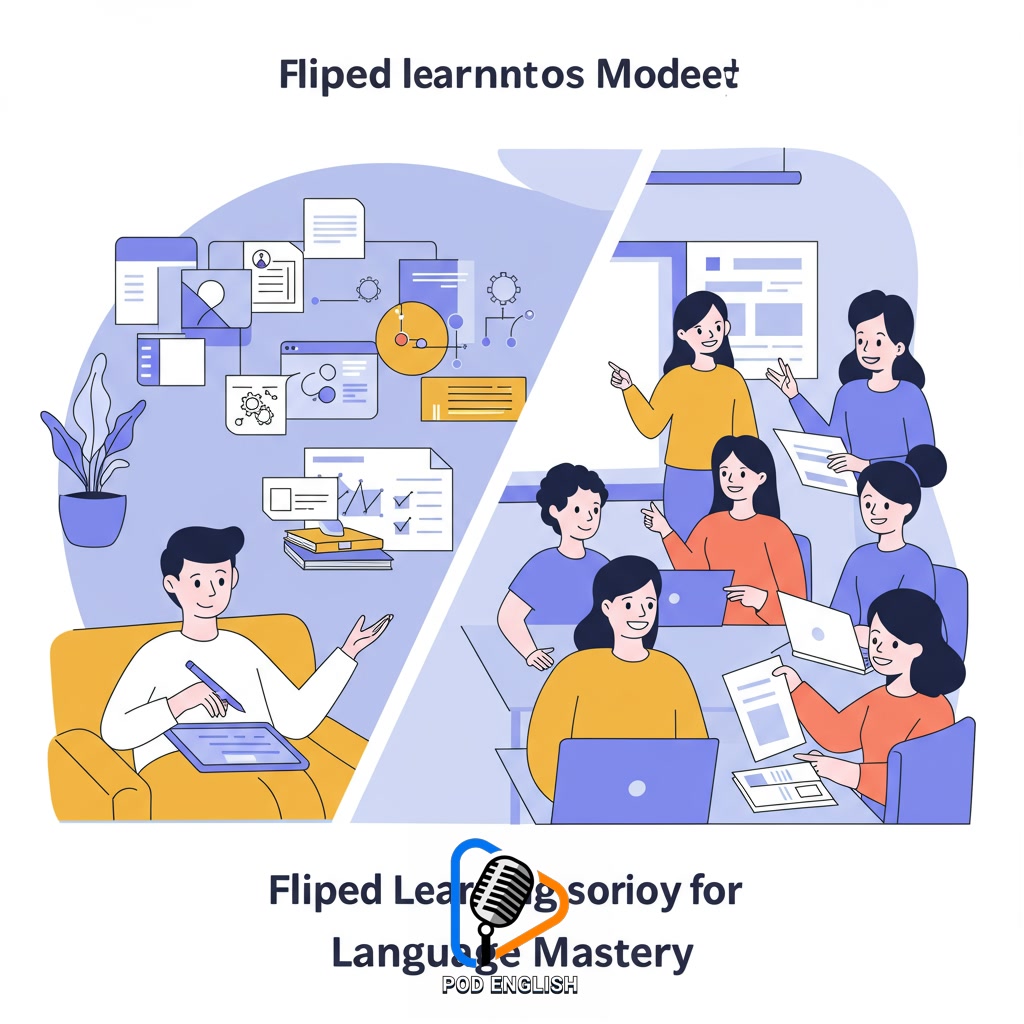Learn English
Master English: Effective Learning with Flipped Classrooms

This content explores how to effectively master English by utilizing the flipped classroom approach. It details the structure and benefits of this method for enhancing the process of learning english. The material discusses practical ways to implement this model to improve language proficiency and fluency. By shifting traditional activities, this strategy supports deeper engagement with English language acquisition.
Table of Contents
- Section 1: Introduction: The Challenge of Learning English and the Flipped Model
- Section 2: Understanding the Flipped Classroom Approach
- Section 3: Applying Flipped Learning to English Skill Development
- Section 4: Key Benefits of Flipped Classrooms for English Learners
- Section 5: Implementing Flipped Learning for Effective English Study
- Section 6: Conclusion: Mastering English Through Flipped Learning
Section 1: Introduction: The Challenge of Learning English and the Flipped Model
Learning English presents unique difficulties for many individuals worldwide. Common challenges include mastering complex grammar structures, acquiring a broad and functional vocabulary, developing confidence in speaking and listening, and finding sufficient opportunities for real-world practice. The traditional educational model, where instructors deliver lectures in class and assign exercises for independent study, can sometimes leave learners feeling overwhelmed or lacking immediate support during practical application. This approach might not always maximize interactive time or cater effectively to diverse learning paces. Recognizing these hurdles is the first step towards finding better methods. The flipped classroom model emerges as a promising alternative, proposing a shift in typical learning activities to potentially overcome some of these prevalent obstacles and enhance the overall English language acquisition experience.

Section 2: Understanding the Flipped Classroom Approach
Building upon the common difficulties faced in mastering English, the flipped classroom model offers an innovative alternative to traditional learning structures. At its core, this approach reverses the typical dynamic: students engage with foundational material, such as lectures or readings, *before* coming to class. This pre-class preparation allows valuable class time to be dedicated to interactive activities like discussions, problem-solving, and collaborative projects. Instead of passively receiving information, learners actively apply what they’ve learned under the guidance of the instructor. This shift aims to foster deeper understanding and more effective practice, particularly beneficial for language acquisition where active use is key.

Section 3: Applying Flipped Learning to English Skill Development
Applying the flipped classroom model directly enhances English skill development by strategically allocating learning time. Instead of traditional lectures, learners first engage with foundational English material such as grammar explanations, vocabulary lists, or listening exercises independently before class. This pre-class work, often done through videos or online resources, builds essential input skills like listening and reading comprehension. The valuable in-class time is then transformed into a dynamic space for active practice and application. Here, students participate in discussions, role-playing, debates, and writing activities, focusing on output skills: speaking and writing. This shift allows instructors to provide immediate feedback, facilitate peer interaction, and address specific difficulties, fostering deeper engagement and practical fluency development in a collaborative environment.

Section 4: Key Benefits of Flipped Classrooms for English Learners
The flipped classroom model offers significant advantages for English language learners. By shifting foundational grammar and vocabulary acquisition to pre-class activities (like watching videos or completing interactive exercises), valuable in-class time is freed up for practical application. This allows learners to actively practice speaking, listening, reading, and writing with guidance from the instructor and interaction with peers. Benefits include increased opportunities for personalized feedback, collaborative learning, and deeper engagement with the language in authentic communicative contexts. This active practice environment helps build confidence, improve fluency, and solidify understanding far more effectively than passive listening in a traditional lecture setting, directly accelerating progress towards language mastery.

Section 5: Implementing Flipped Learning for Effective English Study
Implementing the flipped classroom model for English study involves a deliberate shift in activities. After learners engage with foundational material like grammar explanations or vocabulary lists through pre-class videos or readings, classroom time transforms into a dynamic practice zone. This phase is dedicated to active application and interaction. Students participate in discussions, role-playing scenarios, collaborative problem-solving exercises using the newly learned grammar, and peer-to-peer vocabulary practice. The instructor acts as a facilitator, providing personalized feedback, clarifying doubts that arose during pre-class work, and guiding deeper understanding through communicative tasks. This active engagement phase is crucial for developing fluency and confidence in using English effectively in real-world contexts.

Section 6: Conclusion: Mastering English Through Flipped Learning
In conclusion, mastering English through the flipped classroom model represents a dynamic and effective approach. By shifting foundational learning activities, such as grammar study and vocabulary acquisition, to independent pre-class work, valuable in-class time is freed up for active application and practice. This includes engaging in discussions, role-playing scenarios, problem-solving, and receiving personalized feedback from the instructor. This active engagement in a collaborative environment solidifies understanding, builds confidence, and significantly enhances fluency and communicative competence. The teacher transforms from a lecturer into a facilitator, guiding learners through complex concepts and providing targeted support. Embracing this model empowers learners to take ownership of their progress and actively utilize English in meaningful ways, paving a clearer path towards true mastery of the language.














